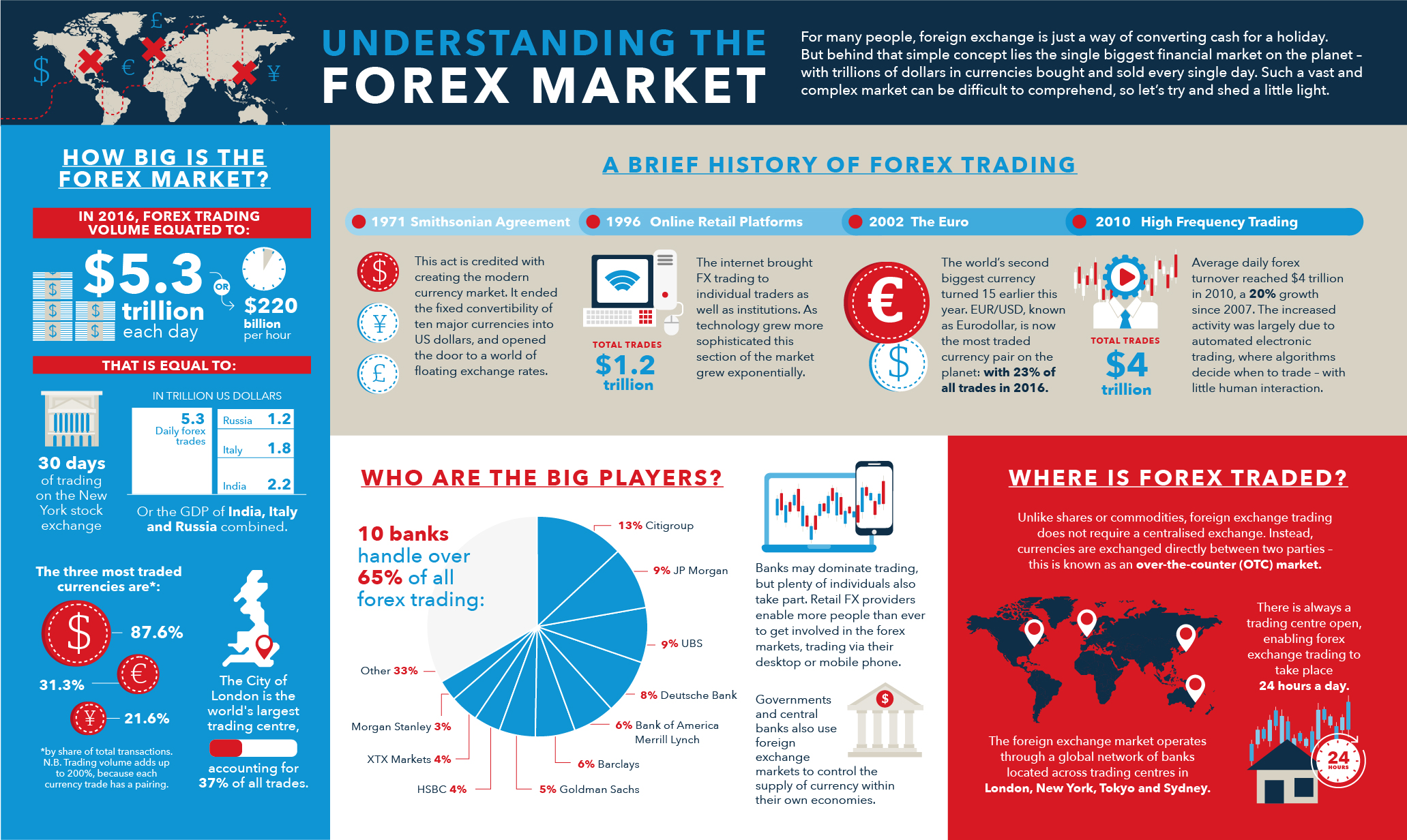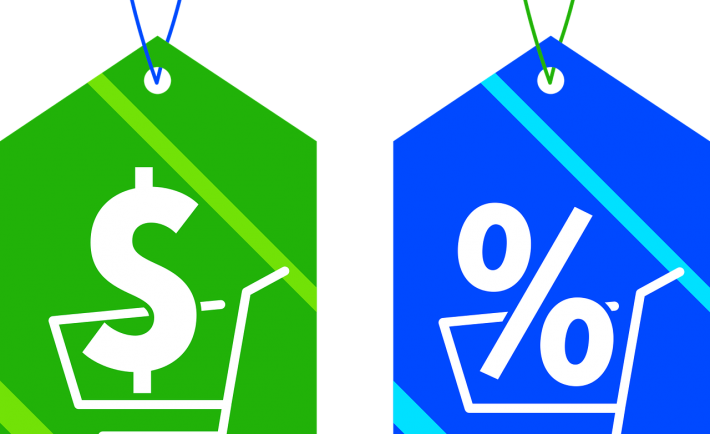My personal definition of relaxation includes a day at the hair salon. To most people, it is a place that stimulates mixed emotions. There is always a certain degree of excitement hinted with doubt about the final results. Will you be satisfied with the makeover?
Furthermore, there are plenty of mistakes that you can unknowingly make. These said mistakes may cost you more money (and emotions) that you actually expect!
Here are just some of them:
#1: BY NOT DISCLOSING YOUR HAIR HISTORY
I am one of those people who pamper themselves by dropping by the hair salon every now and then. I was committed to maintaining my “Ash Blonde” hair for a year. However, I decided to dye it black last February. I did not settle for a brownish hue. I dyed it purely Jet Black! It was one of the few hair decisions that I regret the most. Dyeing my hair black made it hard for succeeding colors to seep in.
After a few months, I decided to visit the nearby salon to lighten my hair. I told the stylist about my dilemma and he was not able to fix my faux pas. I was so disappointed as I paid more than S$50. I realized that the only way to reach my goal is to bleach my hair. I went to a salon in the city center and paid thrice the amount to revive my light hair. I disclosed my hair history starting from the treatments I had last year. Thankfully, the senior stylist brought life to my previously dull locks.
Much like disclosing your medical history to your physician, you must share a brief history of your hair to your stylist. A successful makeover depends on the stylist’s knowledge of your past treatments. Leaving some information can affect the formula that he or she will choose. You do not want to have an allergic reaction to the chemicals that the salon uses.
#2: BY KEEPING MUM THE ENTIRE TIME
There was a significant fraction of my life where I kept quiet in the chair and witnessed as the stylist ruins my hair. I tell him or her that I adore my new ‘do, but go home bursting into tears. I know that I am not alone!
There are two types of people: those who complain and those who settle. The later wants to avoid conflicts and prefer Smooth Interpersonal Relations (i.e., as Psychologists call it). These type of people would rather wear a hat the next day than confront the person about cutting several inches too short. This conflict avoidance may be destructive to your pocket.
The haircut or the style that you got from the stylist will be sported (and tolerated) for a period of time until it grows out. You can always correct it and pay double for the style that you wanted in the first place. So, encourage adjustments if necessary. Do not be afraid to speak up!
#3: BY FAILING TO BRING PICTURES
My frequent visits to the hair salon highlighted that the stylists reached my intended results better when I brought visual representations of the looks that I desired. There are limited ways to describe Selena Gomez’ bob cut. And even so, you may fall short with words. Carrying multiple photos of a distinct style will help the professional to create a blueprint for making it right for you. They can imagine whether a particular look will suit your face shape and physique.
There is no doubt that most stylists are visual learners. Thus, bringing pictures will dissolve the confusion that you may have from describing a color as golden brown or yellow blonde. Oh! Can you tell the difference?

Image Credits: pixabay.com
You cannot walk in a prestigious hair salon and expect the stylist to perfect your desired look. At the end of the day, the skilled individuals can help you look good if you help them to do that too.












